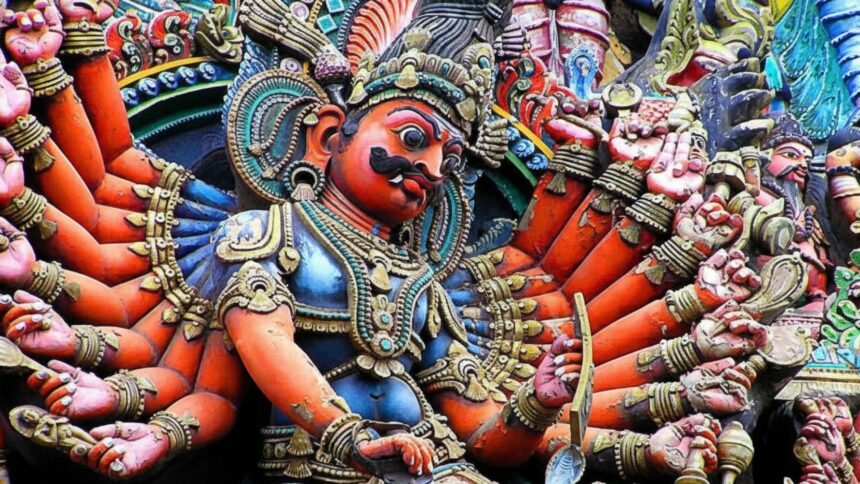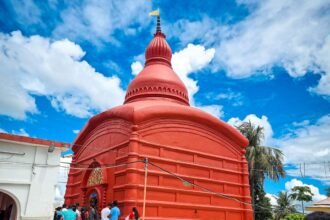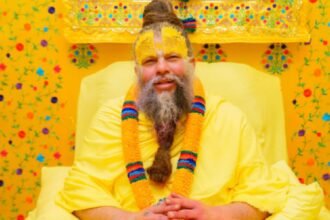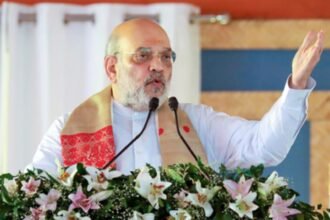New Delhi: Across most of India, Vijayadashami culminates in the crackle of fireworks and the burning of towering effigies of Ravana, Meghnad and Kumbhakarna a public rite that enacts the triumph of dharma. Yet, scattered across the subcontinent are pockets where the script flips. Here, Ravana is not condemned but venerated: as an erudite scholar, a supreme Shaiva devotee, an ancestral king, even as an honoured son-in-law. These observances are less an oddity than a window into how epic memory is absorbed into local geography, community identity and living faith.
- Mandsaur, Madhya Pradesh — The “son-in-law” of the land
- Jodhpur, Rajasthan — Mourning an ancestor
- Bisrakh, Uttar Pradesh — Pride of a birthplace
- Baijnath, Himachal Pradesh — When devotion forbids the flame
- Kolar, Karnataka — The Lankeshwara procession
- Vidisha (Ravanagram), Madhya Pradesh — The village deity
Mandsaur, Madhya Pradesh — The “son-in-law” of the land
The ancient Dashpur (today’s Mandsaur) is linked to Mandodari, Ravana’s queen. By that association, Ravana is treated as a damaad (son-in-law). On Dussehra morning, he is worshipped as a learned pundit and ardent bhakta of Shiva; by evening, a symbolic slaying acknowledges the larger Ramayana arc. Women veil in deference before his statue a customary gesture of respect capturing a community’s careful balancing of kinship memory with pan-Indian epic tradition.
Jodhpur, Rajasthan — Mourning an ancestor
Among Jodhpur’s Shrimali Gaur Brahmins, oral tradition traces lineage to the wedding retinue that accompanied Ravana to Mandor. Consequently, the community does not witness effigy burning; Dussehra is marked instead by rites of mourning pind daan, ablutions and even the changing of the sacred thread as one would for a departed kinsman. Here, ancestry functions as cultural ballast, shaping an identity distinct from the mainstream narrative.
Bisrakh, Uttar Pradesh — Pride of a birthplace
On Delhi’s eastern fringe, Bisrakh is regarded as Ravana’s birthplace, its name linked to sage Vishrava. The village does not stage Ramleela or effigy burning. Navaratri becomes a period of quiet observance; on Dussehra, yajnas are performed for the repose of Ravana’s soul. A venerable Shiva shrine anchors this memoryscape, where the “villain” of the epic is recalled as a native son.
Baijnath, Himachal Pradesh — When devotion forbids the flame
In Kangra’s Baijnath, Ravana’s identity as a tapasvin and Shiva’s devotee dominates collective memory. Local legend ties the ancient temple’s lingam to his penance. Effigy burning is avoided altogether; to do so, many believe, would slight Shiva himself. Whether one reads these accounts as folklore or faith, the outcome is a community-wide guardianship of narrative a heritage ethic, transmitted across generations.
Kolar, Karnataka — The Lankeshwara procession
Further south, Kolar reminds us that Ravana traditions are not confined to the Hindi heartland. During agrarian festivities, the Lankeshwara Mahotsav carries an ornate image of Ravana in procession alongside Lord Shiva. The framing is unambiguous: Ravana as the quintessential Shaiva bhakta. In this southern cadence, myth, rural economy and temple calendar move in synchrony.
Vidisha (Ravanagram), Madhya Pradesh — The village deity
In Ravanagram, Ravana is venerated as Ravan Baba, the village’s first-invoked deity. Weddings, festivals, even new vehicles are consecrated only after his worship. On Dussehra, the village gathers in sombre remembrance rather than spectacle a reminder that across India, the ten-headed king also survives as a guardian and local god.
Why these inheritances matter
Read together, these sites illuminate three broad idioms of remembrance: kinship and lineage (son-in-law, ancestor), devotional legitimacy (pre-eminently Shaiva), and local identity (village deity, cultural sovereignty). They complicate any neat binary of “good versus evil”, showing instead how Hindu civilisational memory is capacious enough to hold competing meanings within a single figure. Above all, they demonstrate the power of localisation epic, landscape and lived history weaving fresh meanings from an old text.
Traveller’s note (brief)
If you plan to witness these observances during Navaratri and Dussehra, consult temple committees or local councils in advance: photography and procession etiquette vary, and in several places effigy burning is expressly taboo. These are living traditions approach them as repositories of community memory, not curiosities.


















